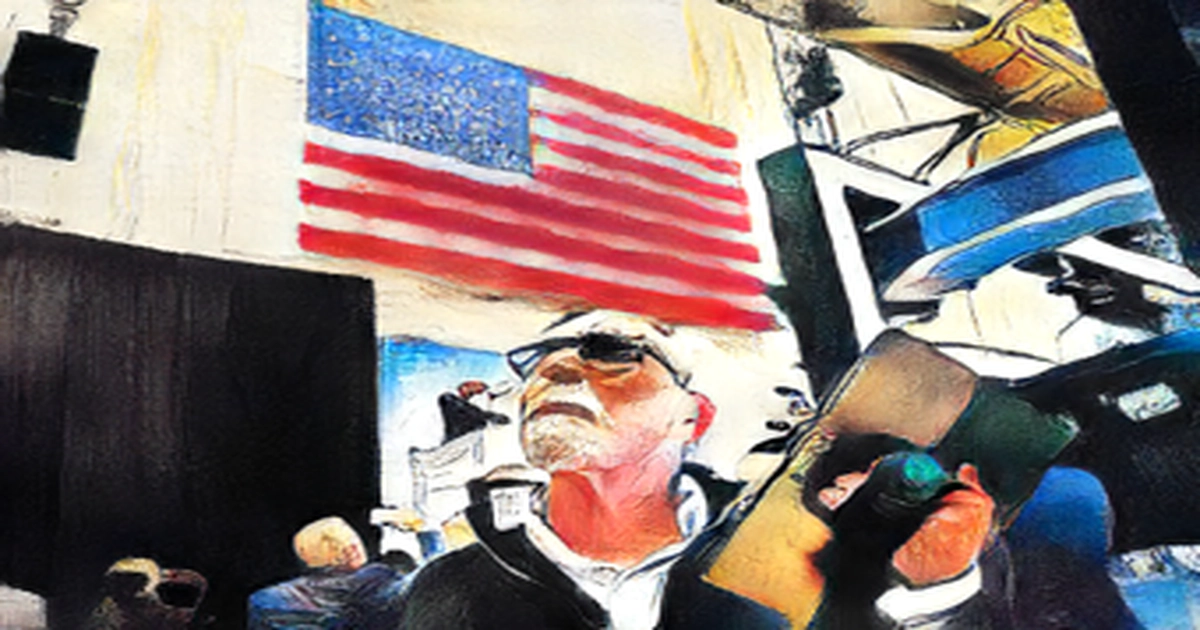
Traders work on the floor of the NYSE in New York.
NEW YORK - A surprising lack of panic in the U.S. stock market as measured by Wall Street's fear gauge is keeping investors from calling a bottom on an already bruising equity selloff.
The Cboe Volatility Index has hit an average level of 37 at market bottoms since 1990, compared with its most recent level of 32.
Some investors believe that stocks are yet to see a crescendo of fearful selling that has sometimes accompany past market bottoms, even though the S&P 500 has fallen nearly 20% from its record high, a level that would confirm a bear market.
Kris Sidial, co-founder of The Ambrus Group, said there was no sense of panic and that the sentiment is negative out there. The one thing you are not seeing is capitulation. The VIX measures stock market volatility as expressed by options prices, and is well above its long-term median level of 17.6.
Many investors believe that volatility will be elevated as markets digest a hawkish Federal Reserve, soaring inflation and geopolitical uncertainty stemming from the war in Ukraine.
While it is not necessary for the VIX to go higher before calm returns to markets, the failure to climb well above the mid- 30 s may be a sign that selling in stocks is not yet washed out, making it more dangerous for those looking to buy on weakness, market participants said.
Steve Sosnick, chief strategist at Interactive Brokers, said that "I just don't think we have seen that sort of event."
During the March 2020 COVID- 19 selloff, the VIX had logged a high close of 82.69, after which the S&P 500 more than doubled as the Fed slashed rates and implemented other easy money policies to support the economy. The index hit 36.07 in 2018, when stocks stopped a bit short of entering a bear market because of concerns over tighter Fed policy, and topped out at 80.86 during the Great Recession.
Mike Vogelzang, chief investment officer at CAPTRUST, said he would love to see more panic and absolute flushing of the market. I'd love to see VIX at 40 or 45. The gradual grinding selloff has left investors lighter on their allocation to equities, which is one reason why the VIX is calculated based on S&P 500 options contracts.
The investors' aggregate equity positioning has slipped to the lowest since the 2020 COVID 19 selloff, according to analysts at Deutsche Bank.
Brent Kochuba, founder of the analytic service SpotGamma, said that the market is well hedged against declines because of the options positioning in S&P 500 and VIX. Kochuba said that investors see little urgency to buy more put options even though the market grinds lower because of defensive positions in place.
The VIX is not the only sign investors can look at when trying to determine whether markets have bottomed, but at least one volatility measure one month historical volatility shows markets may be closer to a turning point than indicated by the VIX.
That measure of choppiness is 29 and its highest since July 2020, and about 4 points above where it stood on the day the S&P 500 bottomed during the last 54 corrections and bear markets going back to 1928, according to a Reuters analysis.
Without a big crash-up in volatility, any recovery in stocks is unlikely to last for a long time.
Patrick Kaser, portfolio manager at Brandywine Global Investment Management, said that people hanging on and hoping for a bounce.
Kaser said that the market needs a moment of high profile failure and pain to mark the end of the selling.
